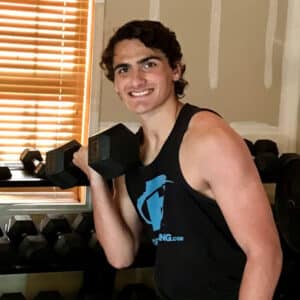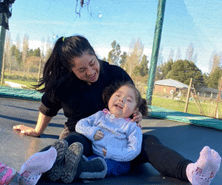
In 2011, Cassandra started having several cases of pneumonia which led to a diagnosis of hypersensitive pneumonitis. Even though the doctors were not 100% sure of what Cassandra had, they referred to it as Acquired Central Hypoventilation Syndrome.
Cassandra was sent to Uppsala Sweden because the doctors there are very experienced in treating those with diaphragm paralysis issues. In May 2015, Dr. Pelle Nilsson, MD at Uppsala University Children’s Hospital implanted Cassandra with the Avery Diaphragm Pacemaker.
On how the Avery pacer has changed her life, Cassandra stated, “My sleeping quality is very improved and I don´t wake up with a headache every morning. I feel that my diaphragm has become stronger and this makes activities easier, and that my endurance is much higher now than before the [Avery] pacer.”
Cassandra attended medical school and went on to become a doctor. For fun, she likes to hang out with friends and travel to new places.
Source: ABD-PP-008, Rev B 12/2020


